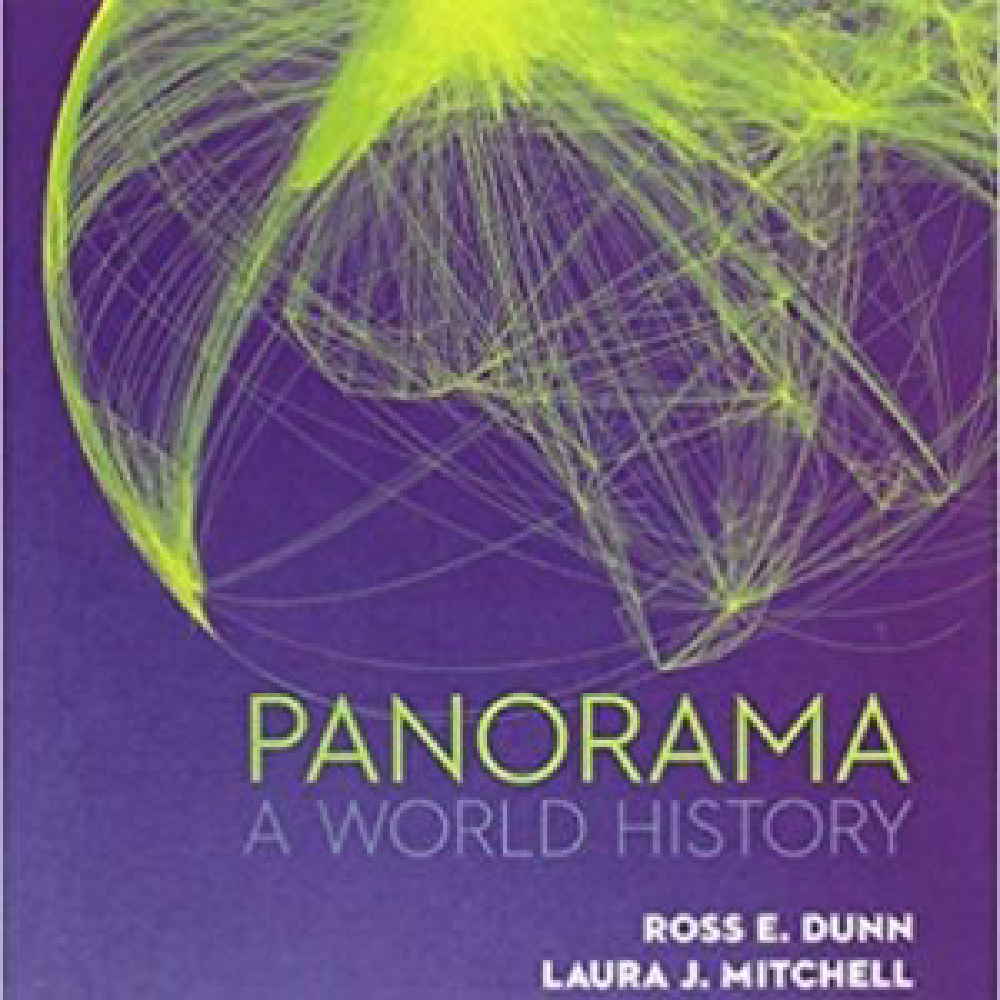Chapter 11
State Power and Expanding Networks of Exchange, 750-1000 C.E.
Multiple Choice Questions
- (p. 306)The art of making paper originated in which country?
A. Egypt
B. China
C. Babylonia
D. Greece
- (p. 309)The Abbasids set up their capitol in which city?
A. Damascus
B. Jerusalem
C. Ctesiphon
D. Baghdad
- (p. 309)Abbasid rule was modeled to a great degree after which of the following?
A. the Sasanids
B. the Chinese
C. the Türks
D. the Greeks
- (p. 309)Which of the following best describes the relationship between Abbasid rulers and the majority of their subjects?
A. Abbasid rulers proved to be particularly accessible for monarchs of their time.
B. After the Persian model, Abbasid rulers cloaked themselves in an aura of mystery and divinity.
C. Abbasid rulers tended to rely more on the support of common people than elites.
D. In an effort to seem humble and modest before their subjects, Abbasid rulers lived simply and denied themselves the luxury that other Southwest Asian monarchs preferred.
- (p. 309)The term barid refers to which of the following?
A. the main advisor of the Abbasid monarch
B. the top religious position in the Abbasid Caliphate
C. the intelligence network set up by the Abbasids to stay informed about matters throughout the vast empire
D. an underground network of rebellious factions that sought to overthrow the Abbasids and restore the Umayyads
- (p. 310)Which of the following is an accurate statement regarding the relationship between the Abbasids and Islam?
A. The Abbasids often found themselves at odds with Islamic religious leaders and engaged in practices contrary to Islamic ideals.
B. The Abbasids declared themselves to be the leaders of Islam and controlled all aspects of religious life throughout the empire.
C. The Abbasids interfered little in religious affairs and permitted Islamic leaders to govern themselves.
D. The Abbasids attempted to blend many values of Islam with those of Zoroastrianism, in keeping with their efforts to imitate the Sasanids.
- (p. 310)Which of the following was NOT a perennial problem of the Abbasids?
A. battles over succession to the throne
B. inflation
C. threats from Christian Byzantium
D. ecological pressures
- (p. 311)Which of the following was a consequence of the Zanj Rebellion?
A. The Abbasids abolished slavery throughout their empire.
B. The Abbasid regime collapsed.
C. Slaves gained increased rights throughout the Abbasid empire.
D. The Abbasids further drained their already overtaxed resources.
- (p. 311)Which of the following is an accurate definition of the term mamluk?
A. the peasant army that the Abbasids created to defend the empire
B. the class of military slaves created by the Abbasids to defend the realm
C. a rebellious faction within the Abbasid military
D. the highest rank achievable in the Abbasid military
- (p. 311)The use of mamluks led to which of the following?
A. the formation of a group of highly loyal soldiers within the Abbasid military whose prowess was unparalleled in Southwest Asia
B. slave rebellions throughout the Abbasid empire
C. the spread of Christianity among Abbasid soldiers
D. an independent, self-motivated, and highly armed faction within the Abbasid army













Reviews
There are no reviews yet.